Jimbo Phillips "Dialed In" Interview
Few skateboard graphics are as iconic as the Roskopp Face series, and few artists have a story as intertwined with it as Jimbo Phillips. From inspiring the original design as a kid to creating plenty of his own timeless Santa Cruz graphics over the years, Jimbo has helped shape skate art for decades. We recently caught up with Jimbo and talked about Roskopp boards, our new Santa Cruz x Remind insoles collaboration, growing up around NHS, and finding his own style. Have you seen the insoles yet? Dive in!
Can you talk a little about the Roskopp graphics? A little backstory and how the Face 3 graphic is a part of that?
The Roskopp Face Series is one of the most iconic skateboard series of the 80s and of any time really and I have a funny story about it. When my dad was doing graphics for Santa Cruz back in the 80s, I had a blank skateboard and I just drew this big face on it—like a screaming face—and I showed it to my dad, and he was like, “Oh that’s cool!” And a few days later I came home from school and he showed me a sketch of the Roskopp Face and he’s like, “Check this out!” And I was just like, “Whoaaaa!” So it’s funny, I feel like I sort of always inspired the Face series because he was stoked on my drawing on the board.
Later when I was working for my dad in the late 80s, Roskopp needed a new graphic so we were pitching ideas to him and I had the idea of the face melting. There’s an old movie, The Picture of Dorian Grey, and every time he looks at this painting it melts away a little more, so I was looking at that thinking that’d be cool if his face was like melting, you know? So that’s how Face 2 came about in 1989. And then fast forward to 2025 and I did the Roskopp 3 Face which was inspired by those two boards, but trying to make it a little crazier with the robotic stuff and bugs and all that madness breaking out.
That’s sick. I didn’t realize you were a big influence on the graphic like that.
Yeah, it was a cool time for sure.
You also designed a lot of Remind Insoles graphics over the last 15 years or so. Do you have a favorite series that we’ve worked on?
We did some fun Remind Insoles graphics. One of my favorites was the Sasquatch graphic with the toilet paper. It was one of the first ones we did [laughs]. And I think there was an exploding skull one. A couple of those early ones were pretty classic, but that Big Foot one definitely stands out. The “Bad Joke” series was classic [laughs].
 What initially inspired you to start drawing in the first place?
What initially inspired you to start drawing in the first place?
I mean, growing up, my dad was an artist. So there was just nothing to do but draw, really [laughs]. There was nothing good on TV, no internet. My dad was always drawing and was all about art, so I’ve basically been drawing since probably before I was walking. Art has just always been a part of my life. It was like entertainment back then. When me and my friends were young, it was like, “You wanna go play tag?” Nahhh… “You wanna do this?” Nooo. “You wanna draw?” Yeah, let's draw! I don’t know if kids do that anymore, but it was just an activity for us [laughs]. Things were simpler back then. A lot more hands on. Technology makes it easy to lose track of simple things, like music and art. Computers just automate everything now. And with AI now you just tell the computer what to draw for you [laughs]. But there’s always gonna be a market for hand-drawn art.
You were always a skateboarder, but how did you get pulled into the skate-art world?
Well, I always grew up skating. And my dad has worked for NHS since like 1973 or something, so I was probably five or six when I got my first skateboard. A lot of kids just had banana boards from Kmart or whatever and I had this Santa Cruz fiberglass board with Road Rider 2s on it—a pretty bad ass board for the time. It was super smooth and carved really well. And then my dad doing all the graphics growing up, it was always just kind of something I looked at and was stoked on. I always hoped I’d end up doing it at some point, but there were no guarantees, you know? But when I got out of high school, my dad had some opportunities for me to start doing art with him so I took advantage of that. And it just kind of snowballed from there. I’ve done a lot of things but skate graphics are still one of my favorites. There’s just no limits on what you can draw. The more radical the better. It’s hard to find places where that’s the case. A lot of things are pulled back, but skateboarding is like the more crazy the better [laughs].
Everything has probably been put on a skateboard at this point—basically anything can be slapped on a board. But the way it started in the 80s and stuff, this punk/aggro graphic kind of thing that was in a world of its own really had an impact on people and it stood out from everything else. It was like its own little world of art.
What were some of your biggest influences, both in and out of skateboarding?
My biggest influences were some of the early guys that my dad would turn me onto. Like the artists from MAD magazine, old sci-fi artists like Wally Wood and stuff. And also Big Daddy Roth and Pusshead and early Thrasher magazine artwork. Punk rock album covers. Heavy metal album covers. There was that Heavy Metal magazine that had really good art in it. As far as artists, Rick Griffin, Big Daddy Roth, Robert Williams. A lot of those early hot rod, monster truck guys with a little skate/surf influence. Some of the 60s psychedelic poster guys. We loved Zap comics for the super unfiltered, raunchy art in it. Old Bones stuff. I love that old, classic style. Pen and ink stuff.
You have such a unique style and have been able to set your style apart from others. How did you develop your style and the personality behind it?
As far as my art style goes, it’s definitely influenced by my dad’s art, just looking at it my whole life. But also, punk rock album covers and super crazy battalion of saints skulls and stuff. Pusshead had a lot of good album covers. So I always tried to incorporate that kind of style. Punk influence. My dad’s art is more of a psychedelic 60s influence and mine is more like 80s punk. Little bit of Saturday morning cartoons thrown in there. Like the wolf with his eyes bulging out of his head when he looks at the girl [laughs]. They don’t really show that stuff anymore, but they’re really good.
What do you hope the feeling people get when they look at your art?
The reaction I usually look for with my art is just kind of trying to keep their interest, keep them engaged for a while, you know? Maybe not like shock value, but just them thinking, “Ohhh that’s badass!” That’s always a good compliment, someone saying it’s badass [laughs]. I love to have a little humor in there. It’s always fun when you can kind of tell a little story in the drawing. See a little scene going on that tells a story. My dad was the master of that, so I always try to emulate that. I always loved that he’d have little characters that you’d recognize in there, like Spider-Man or something [laughs].
When you’re working with a brand like Santa Cruz, do they give you the liberty to just do your thing? Or is there a collaborative process?
Sometimes when you’re doing a graphic, there’s definitely some back and forth with the client or brand, or like a pro skater. I always think it’s cool to get their ideas in the mix when it’s something that works. But it’s also fun to just come up with something out of the blue and throw it at them. And they’re like yeah do that! It can be hard to think of everything, so sometimes it’s good when they have some ideas and you get more heads involved. A little collaboration can sometimes be good.
 Any advice you can give to kids who might want to be a skate artist?
Any advice you can give to kids who might want to be a skate artist?
Draw a lot. Develop your style and how you like it and are comfortable with it. Don’t limit yourself to skateboards, maybe? You can do other stuff as well. But if you’re just freelancing or something, be versatile with different projects. When you’re just getting started you just wanna do anything you can to get your art out there. Whether that means making your own stickers, your own t-shirts. Have your friends wear them. That's what I did. I started doing stuff for my friends, then they started businesses and were like, “Hey I need a design!” Like my friend started a construction company and I did his logo. Stuff like that. Someone else sees that and it snowballs. That’s always a good way to go about it.
Back to the Roskopp series—it was the first kind of progressive series anyone did in skateboarding, like a 1, 2, 3, etc. Can you talk a bit about that and do you think it’s gonna keep going and going?
Right [laughs]. Yeah, the Roskopp series was pretty groundbreaking at the time because each board that came out told a different part of the story. Like the evolution of the monster coming out of the target. When it started, it was just the one board and they didn’t really have plans of continuing it like that. But the way the graphic was laid out, it was sort of simple, so it had a lot of room for adding more to it, which was cool. You know, it had the arm coming out of the target—which was a strong stand-alone graphic—but it was like, “What’s the rest of that guy look like?” So just slowly revealing him over time. At first it was probably every couple of years, then it was maybe every year. And now they still make Roskopp boards. They just did that new Face one. There’s been like the Slasher Roskopp, or the Screaming Hand Roskopp. All these different mashups like that where the graphics collide. Then there’s the parody series, where people do parodies of the graphic. There’s really just endless ideas when it comes to that graphic. It’s kind of like the Screaming Hand in that way. Like the monster coming out of the target can just be doing a million different things. There’s kind of no end to it really. You can keep evolving it and changing it and adding your own flair to it, you know? That’s the cool thing about it.
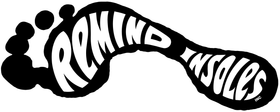


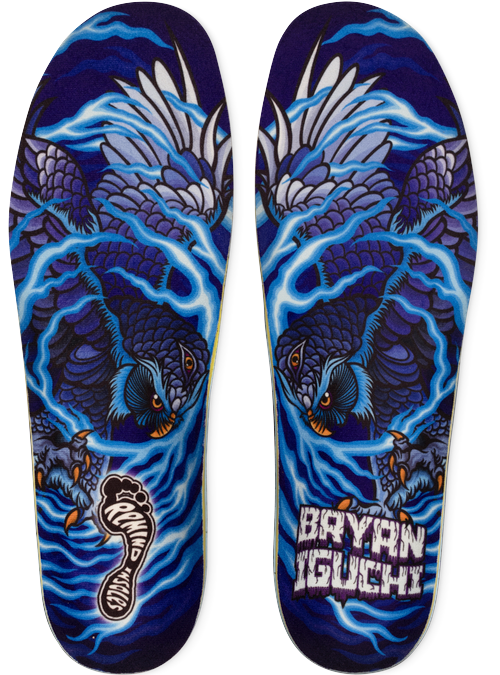
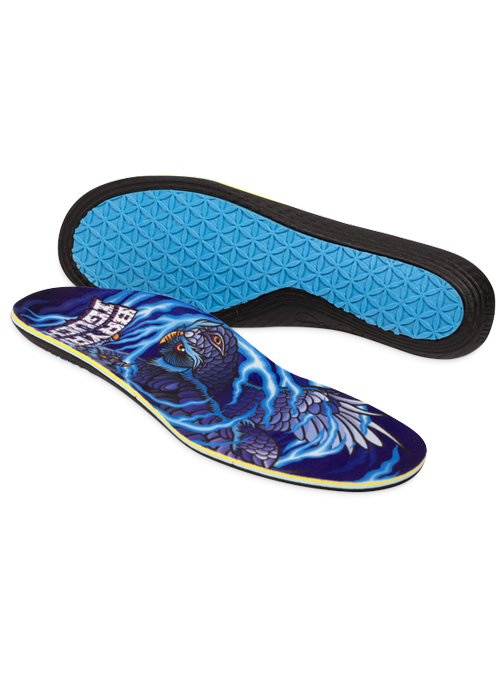
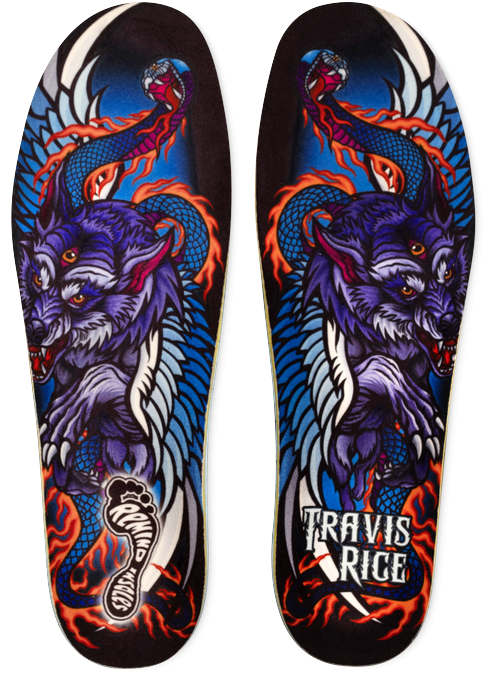
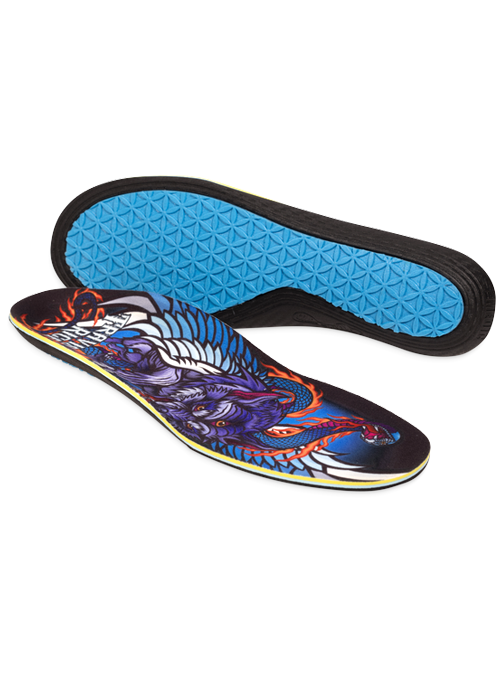


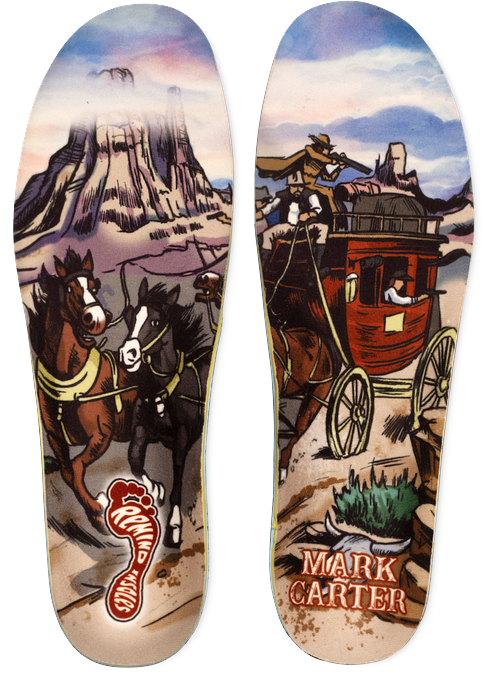
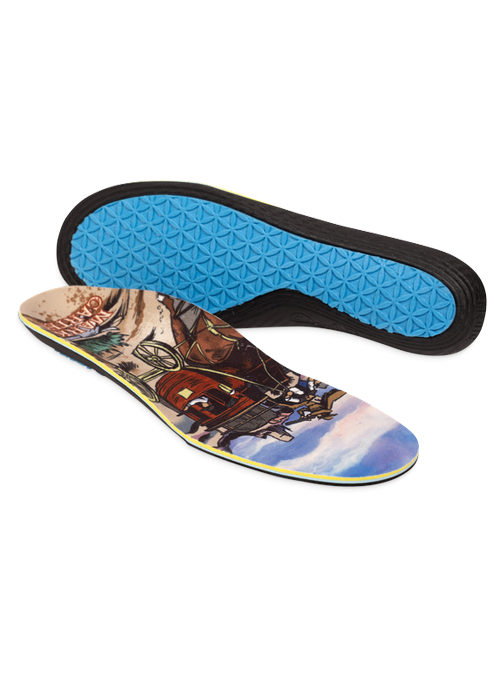





Leave a comment